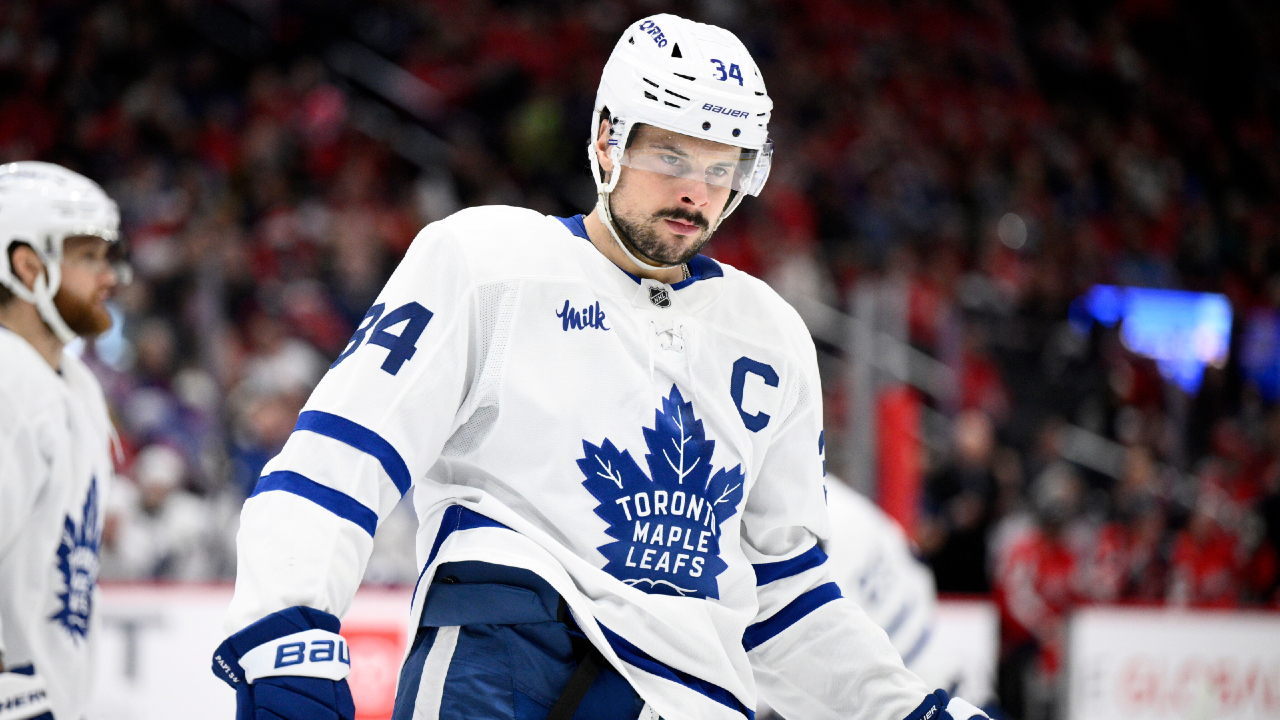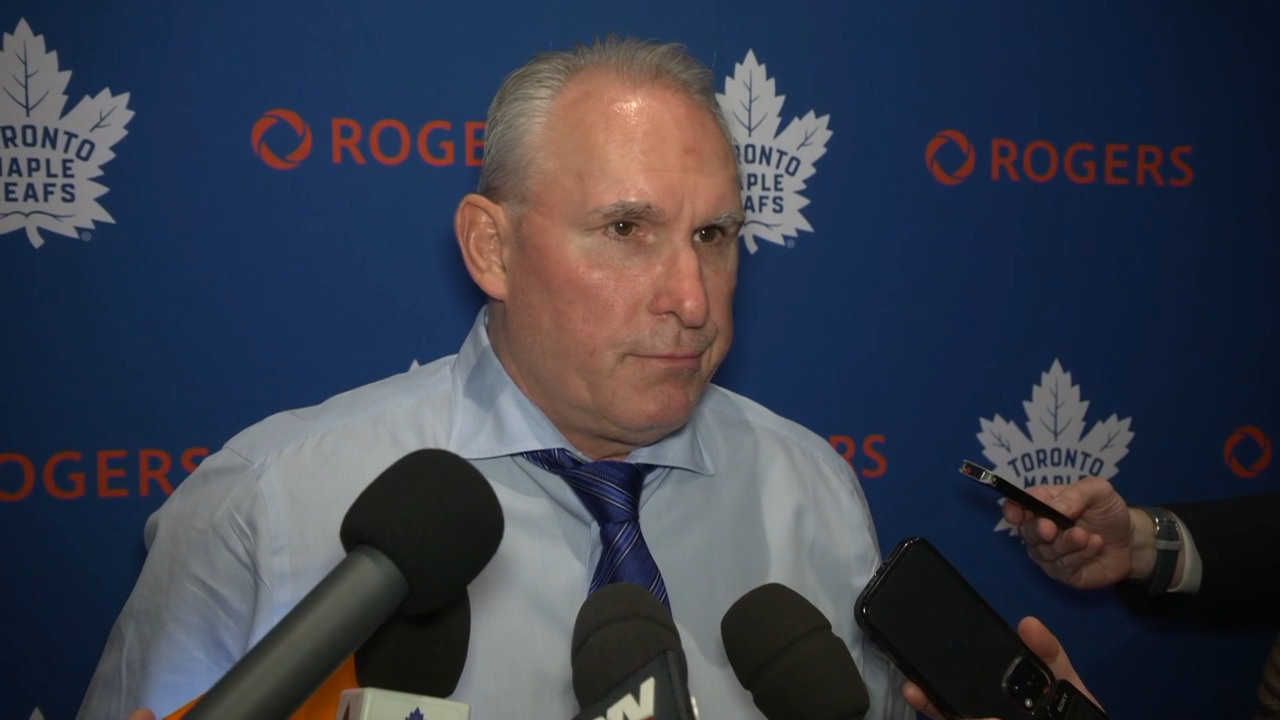
The last time Nate Pearson threw a max-effort, short-stint outing was two years ago this November at the Arizona Fall League All-Star Game. Then 22 and trying to recoup lost development time — a comebacker fractured the ulna in Pearson’s pitching arm during the second inning of his first 2018 start, sidelining him for the rest of the season — Pearson wasn’t holding anything back. He got the first batter he faced to roll over a 101-m.p.h. fastball. He struck out the next with 103.
The third batter of the inning was Pete Alonso, then a top-50 prospect in the New York Mets system on the cusp of the majors. Pearson dialed it up even further for Alonso, hitting 103 with his first pitch, a swinging strike, and 104 with his next. That Alonso took Pearson deep on that heater tells you something about why he went on to lead MLB with 53 homers in 2019. And it tells you something else about what we could see from Pearson pitching in relief for the Toronto Blue Jays over the next week.
That’s the role Pearson will adopt after he was activated Thursday from the injured list, where he’s resided since mid-August due to elbow tightness. With only four games remaining in Toronto’s season, and a three-game wild card series set to begin on Tuesday, there simply wasn’t enough time to build Pearson back up as a starter following his injury. Instead, he’ll play a just as critical, and certainly more fascinating, role out of Toronto’s bullpen.
“Everything has trended in the right direction. The velocity’s there. He feels really good. He’s recovering well,” Blue Jays pitching coach Pete Walker said earlier this week before Pearson threw the final live BP of his rehab process. “I think in a relief role out of the pen, an inning, two innings, we could utilize that velocity and his ability to throw strikes.”
With incumbent closer Ken Giles lost to Tommy John surgery, breakout leverage weapon Jordan Romano working his way back from a finger strain, and versatile hard-thrower Julian Merryweather sidelined due to elbow tendinitis, the Blue Jays can only benefit from Pearson’s ability to light up the radar gun. He immediately becomes the hardest-throwing weapon manager Charlie Montoyo will have at his disposal, even if he’s merely sitting at 98-99 m.p.h. coming off injury as opposed to approaching 105 as he was two years ago in Arizona.
But that doesn’t necessarily mean Pearson will step into a late-inning role. He certainly could. But the Blue Jays may also opt to use him in a similar fashion to fellow converted starters Thomas Hatch, Anthony Kay and Ryan Borucki, taking over in middle innings and trying to get anywhere from three-to-six outs. The Blue Jays also aren’t ruling out the possibility of using Pearson as an opener, although that’s less likely than the prior two options.
“He’s never done it before. So we’ll see how he does,” Montoyo said prior to Thursday’s game. “But I know the other guys that have made that move this year — the Hatch’s and Kay’s and Borucki’s — have done a great job. So, I see Pearson doing the same thing. But let’s see how he does and see how long it takes him to warm up and stuff because he’s never done it before.”
The unfamiliarity to the role — Pearson’s hasn’t worked in relief since college — is one reason why he’ll be given a relatively soft entry point to his first bullpen outing this week. Montoyo plans to give Pearson a clean frame, and as much as an inning’s worth of notice prior to entering the game, so that he can stick as closely to the warm-up routine he’d utilize as a starter as possible.
That’s important. Pearson’s one of the most meticulous, routine-oriented pitchers in Toronto’s organization, using data gathered with wearable technology to manage his workload between outings and diligently following a personalized arm care routine he’s been developing since college. It’s all designed to keep him as strong and healthy as possible while throwing 90-to-100 pitches every five-to-six days.
But now he could be throwing 20-to-30 pitches every two-to-three days. It’ll put unique stress on an arm that’s been carefully conditioned for a different degree of stimulus. Working with Pearson to ensure he’s as recovered and comfortable as possible, particularly coming off an injury, is key.
The Blue Jays can’t — and won’t — lose sight of how important Pearson is to the future of the organization. He’s the franchise’s top pitching prospect for a reason, and is expected to assume a workhorse, front-of-the-rotation role for years to come, assuming his development continues on the course it’s taken thus far. The option of riding Pearson’s big arm in an unexpected 2020 post-season opportunity will be tempting — but it shouldn’t come at the expense of his effectiveness and durability when he returns to a starter’s role in 2021.
So, will you see Pearson pitch on back-to-back days? Unlikely. Will you see him stretched too far beyond 30 pitches in a single outing? Probably not. If the Blue Jays go on a deep post-season run, and Pearson gets more comfortable with his temporary role, those circumstances could change. But over the next week, the Blue Jays will carefully pick their spots when deploying Pearson, trying to get the most return out of his high-impact arm at a time of year when the leverage floor is continually rising.
That doesn’t make it any less intriguing. Pearson averaged 96-m.p.h. with his fastball as a starter earlier this season, touching 100 at times. Velocity tends to play up in the bullpen, as converted starters eschew gas tank management in favour of throwing the nastiest, most max-effort stuff in short stints. We’ve already seen Pearson up to 104 in similar circumstances two years ago. Could we see it again? Could we see even more? We’re about to find out.




